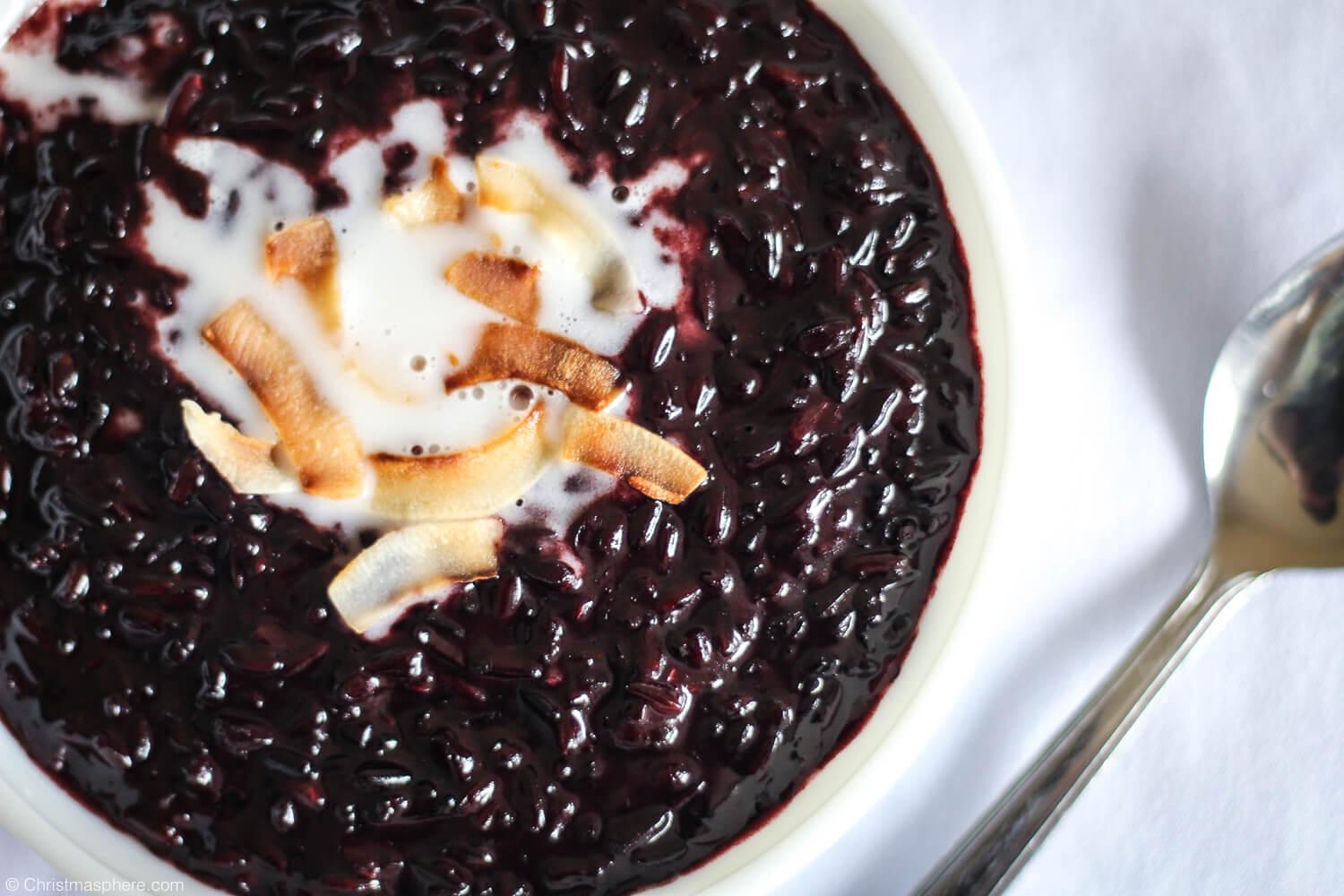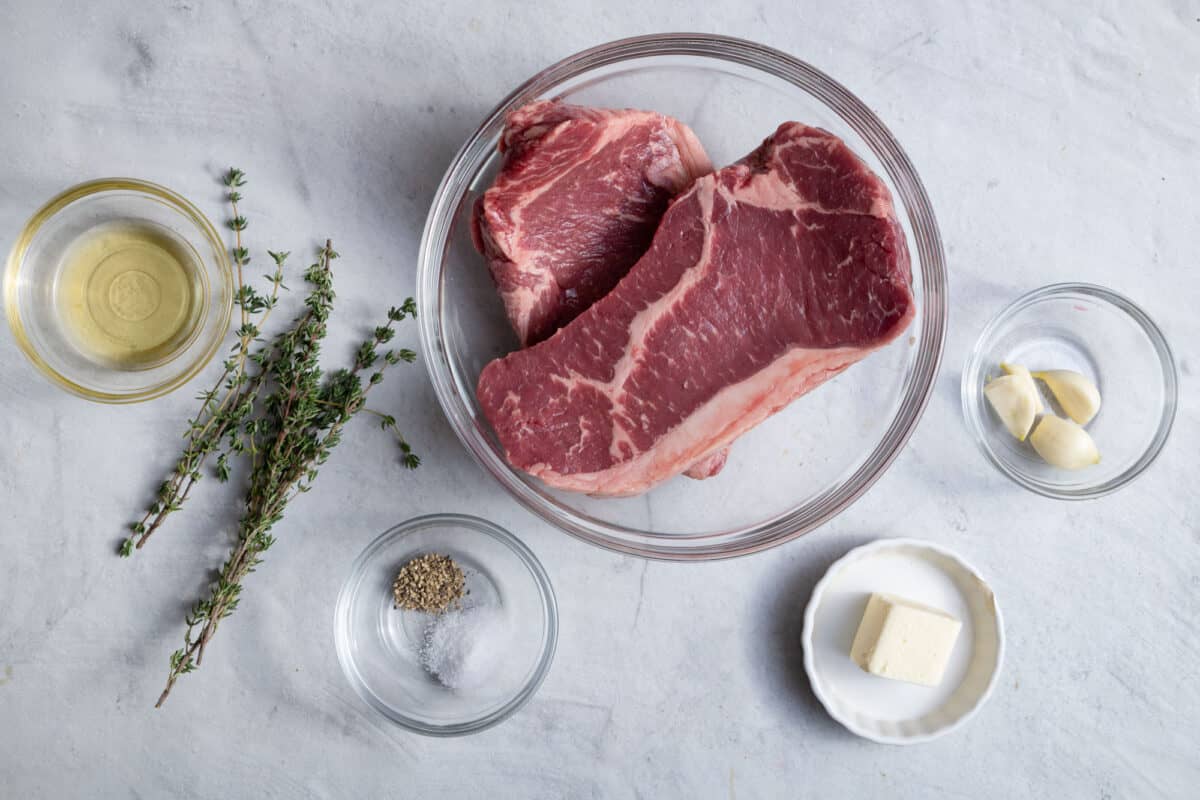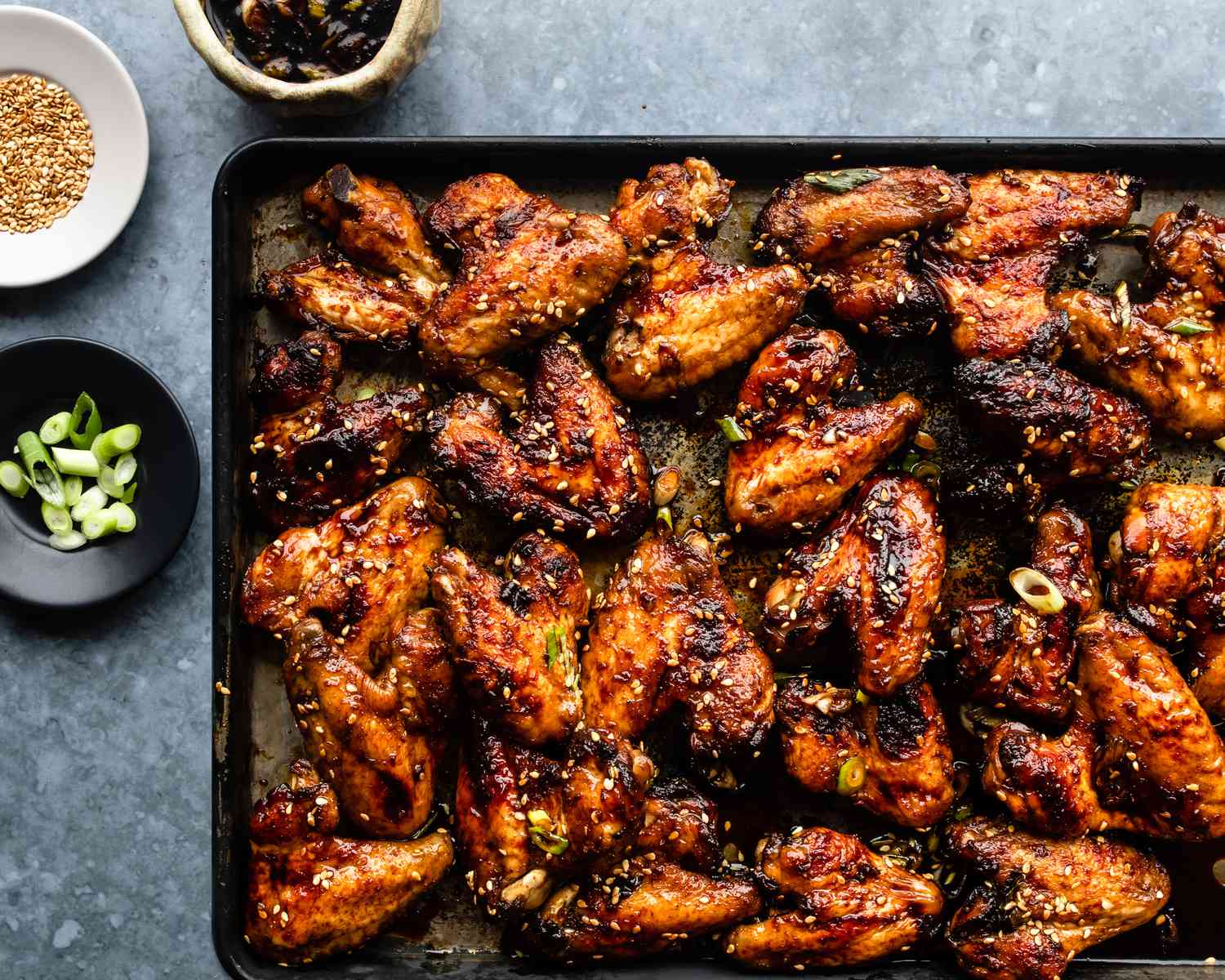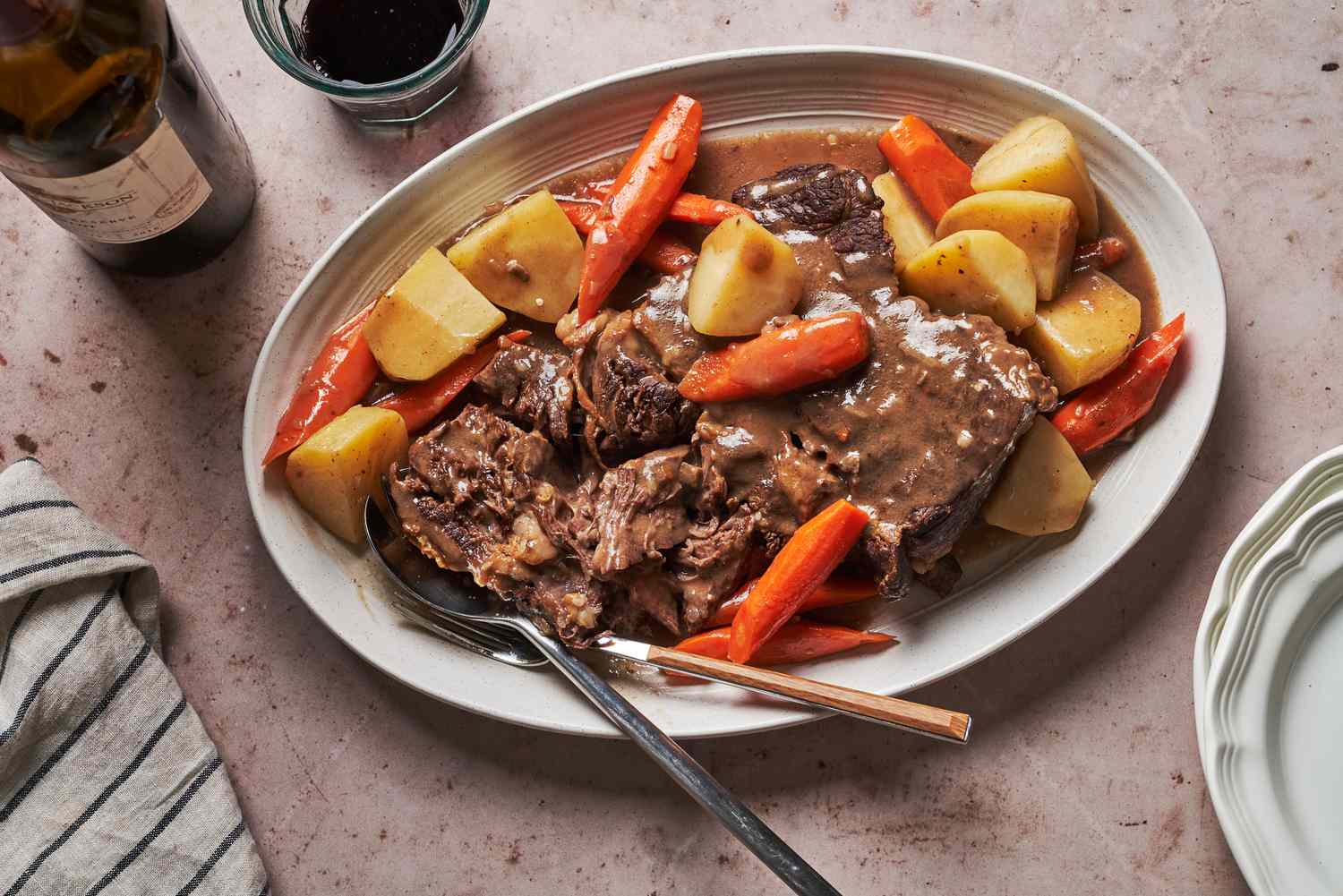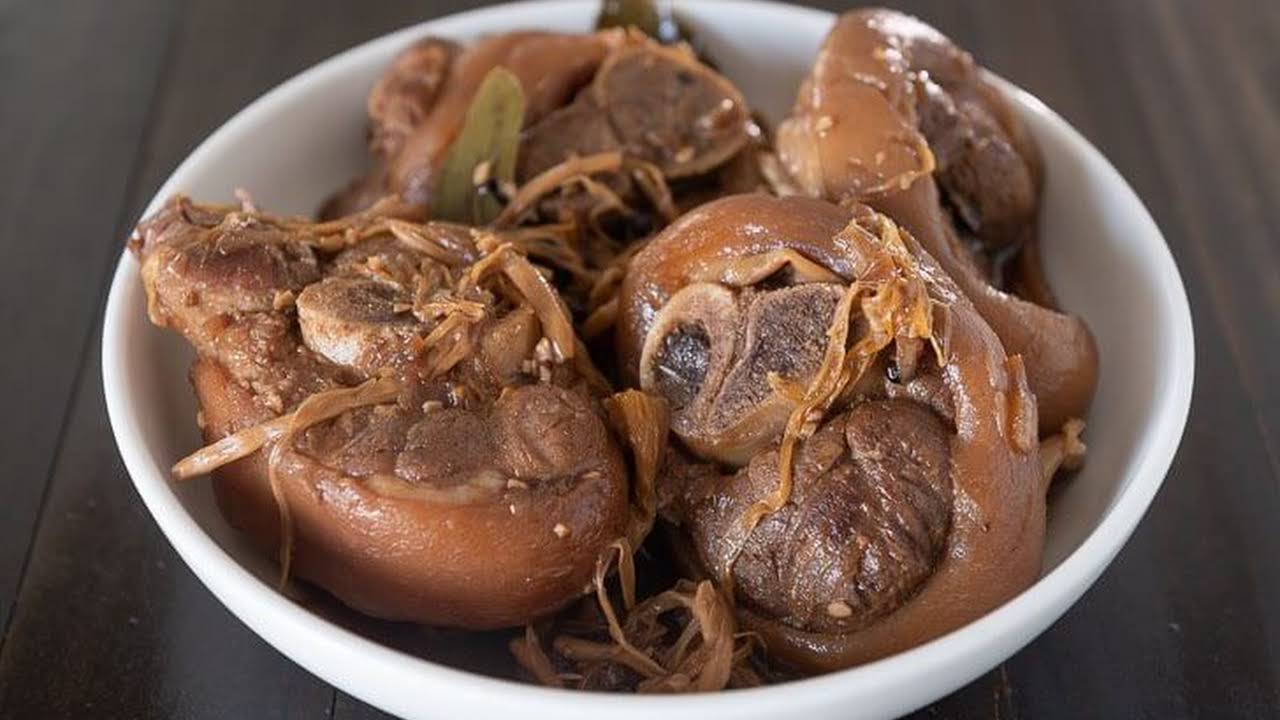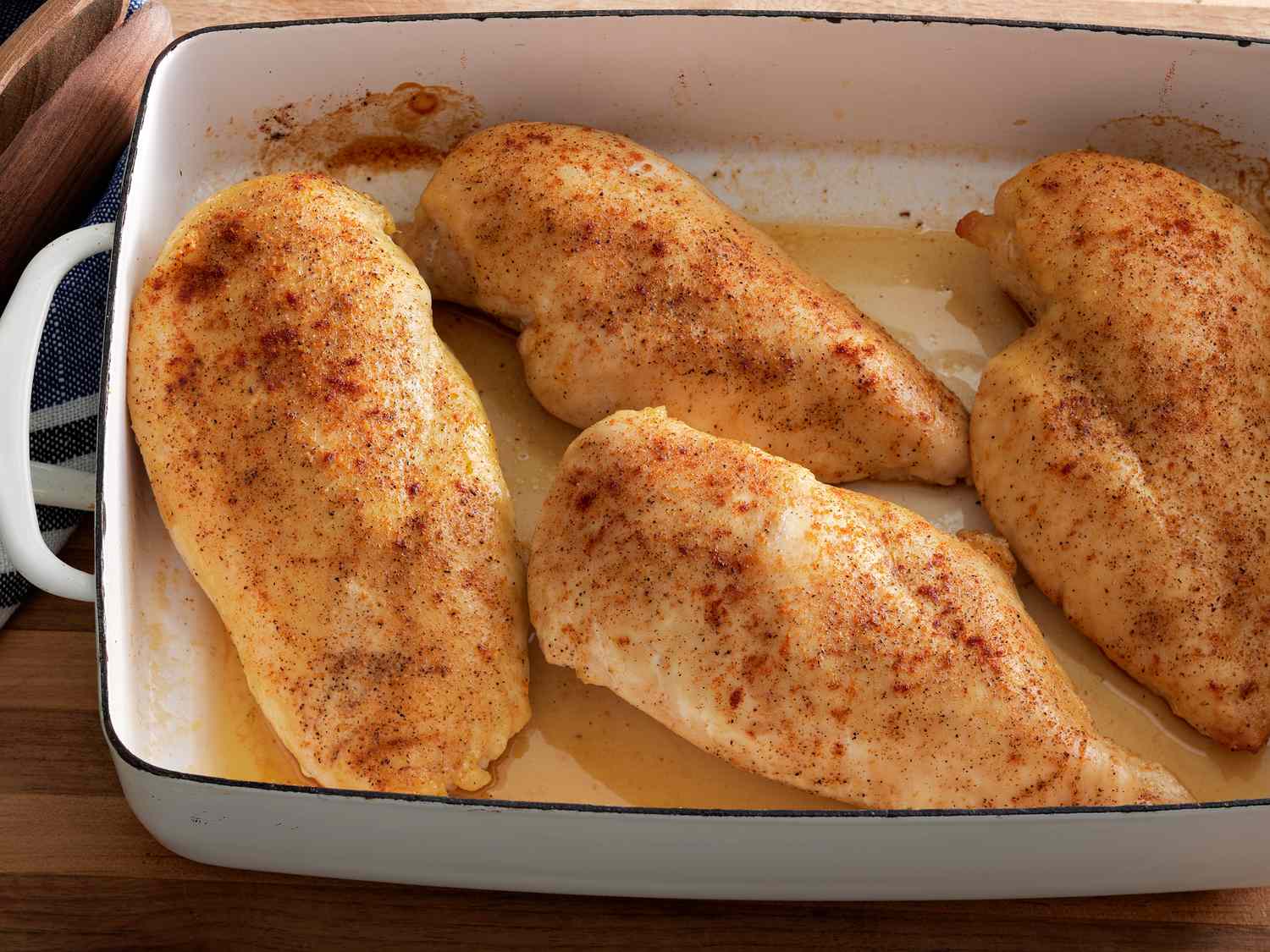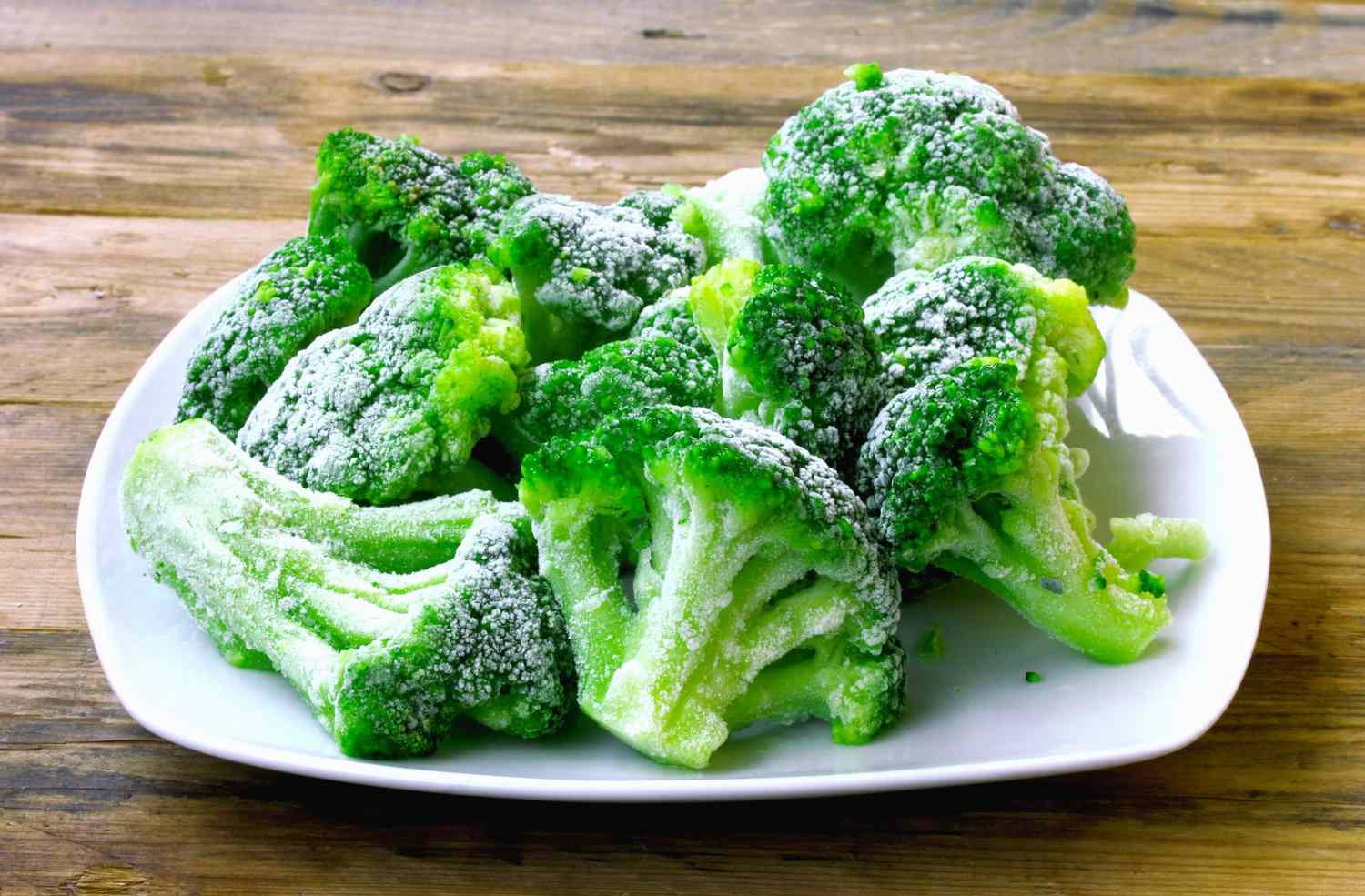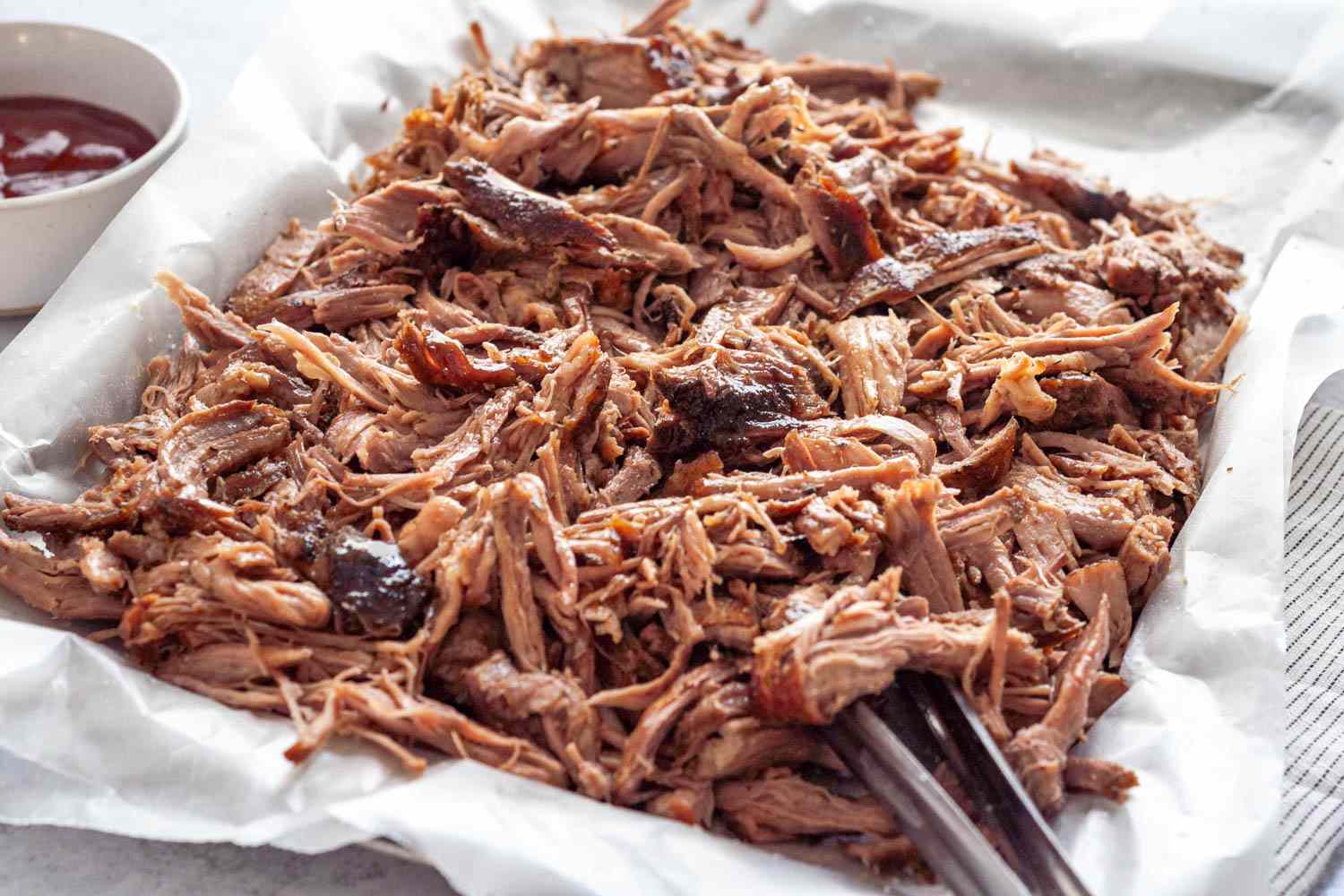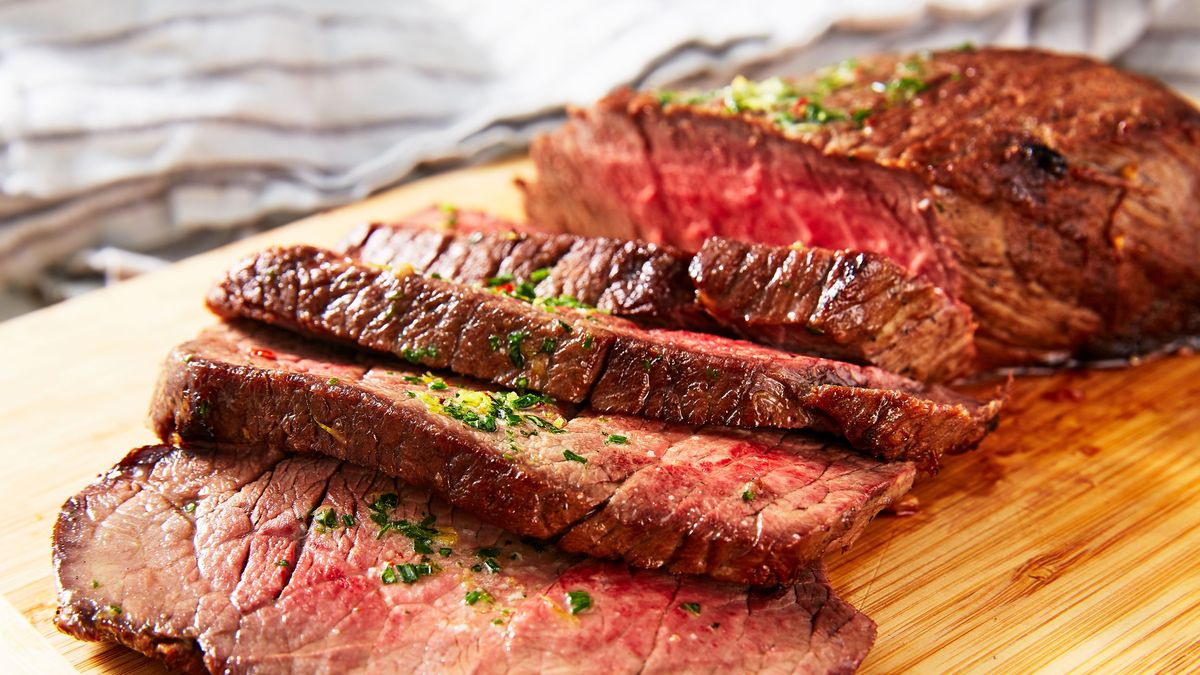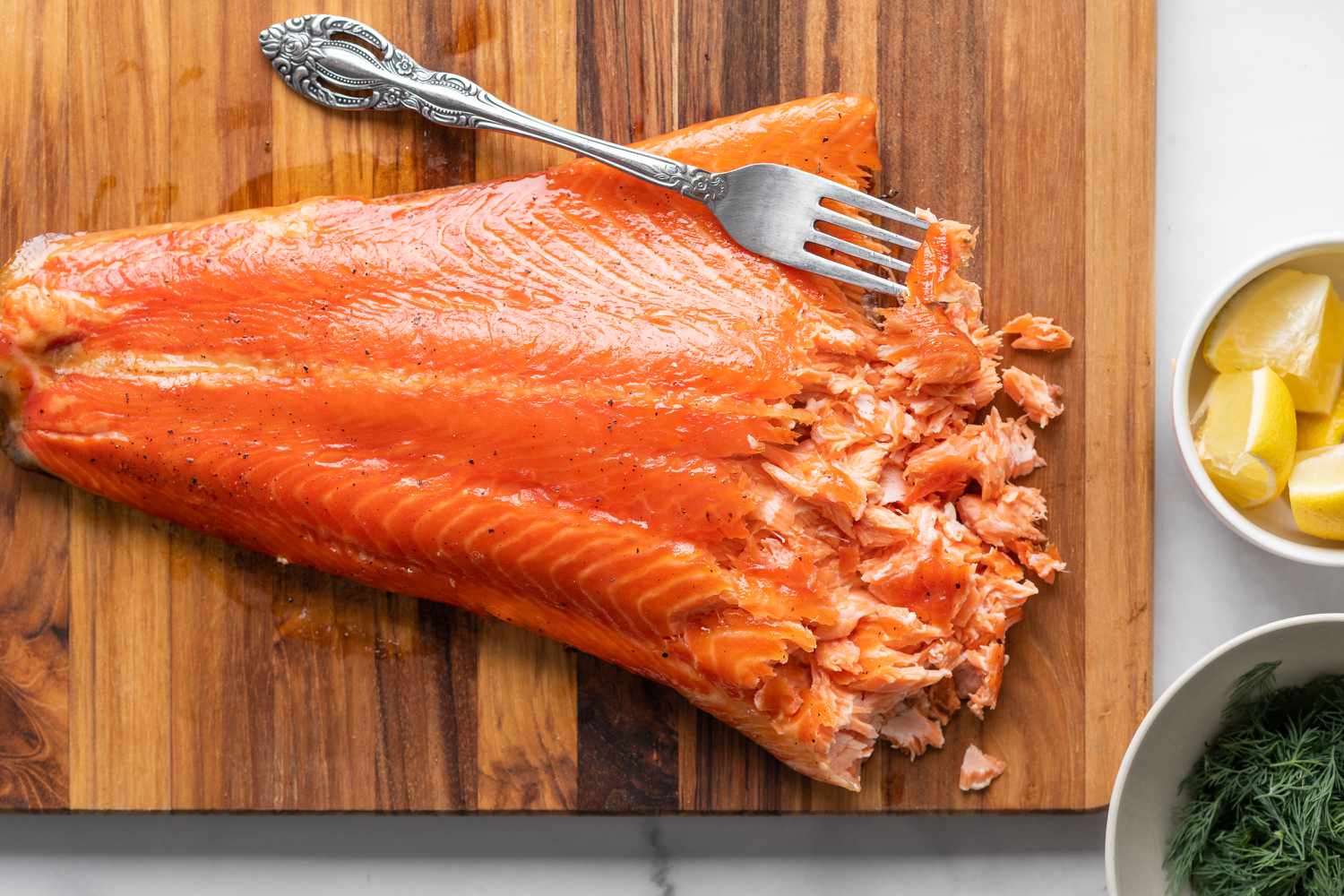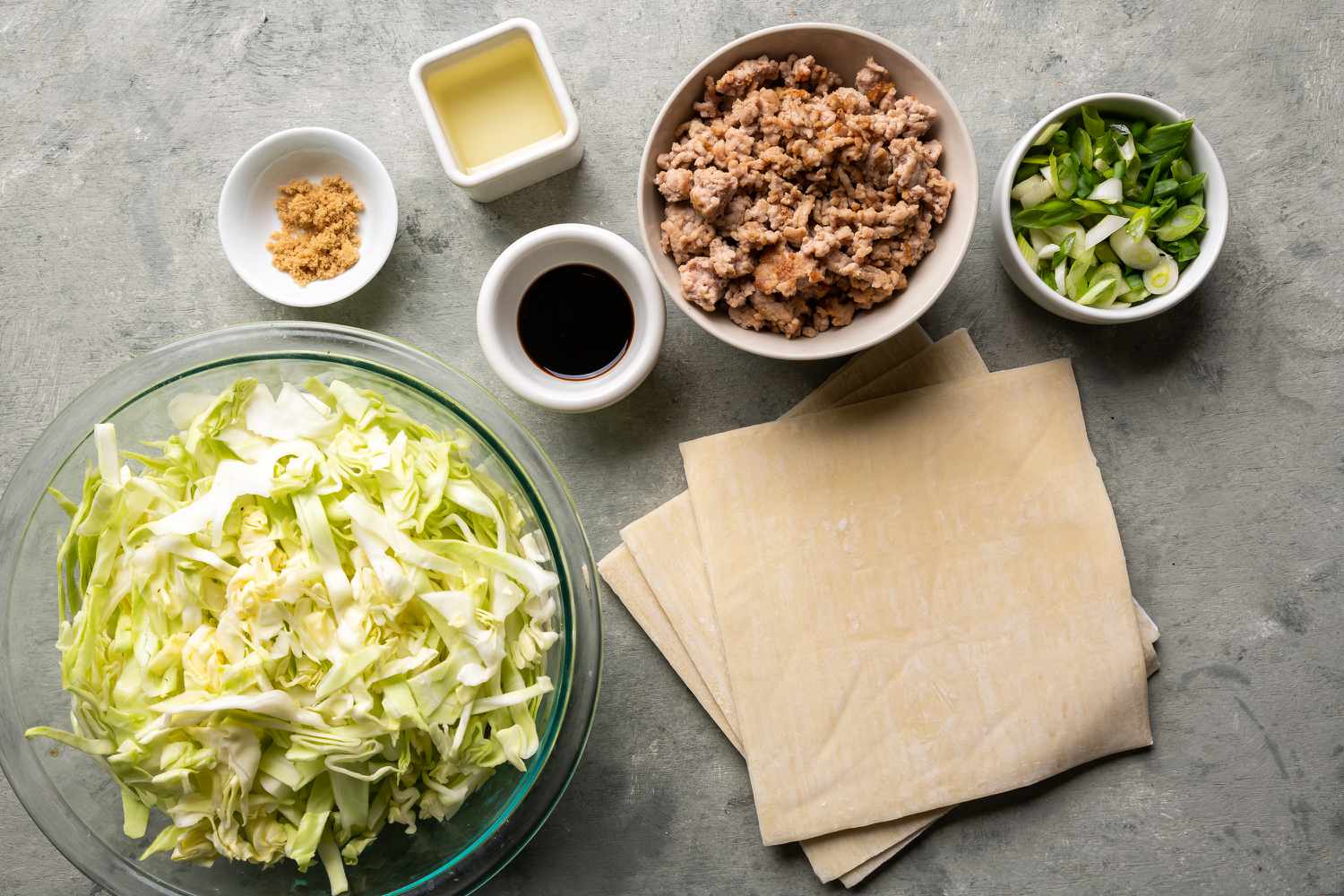Unlocking the Secrets of Cooking Raw Oysters
Welcome, seafood enthusiasts! Today, we’re diving into the marvelous world of cooking raw oysters. Oysters are a delicacy enjoyed for their unique flavor and delicate texture. While raw oysters are a popular choice, cooking them can bring a new dimension of taste to your dining experience. So, let’s roll up our sleeves and explore the art of cooking these ocean gems!
Selecting the Perfect Oysters
Before we embark on our culinary adventure, it’s crucial to choose the right oysters. Look for fresh oysters at your local fish market or grocery store. Remember, the quality of the oysters will greatly impact the final dish, so opt for plump, closed shells with a natural briny smell.
If possible, pick oysters with a reputation for being suitable for cooking, such as Pacific oysters or European flat oysters. Trusty varieties like these are more likely to hold up well during the cooking process, retaining their exquisite flavors.
Scrumptious Cooking Techniques
Now that we’ve handpicked our oysters let’s explore some mouthwatering cooking methods that will elevate your oyster game:
- Grilling: Give your oysters a smoky twist by grilling them. Place the oysters, rounded side down, directly on the grates. Cook them on medium-high heat until the shells open, approximately 5-8 minutes. Top them with a tangy garlic butter sauce or a squeeze of lemon juice for an explosion of flavors.
- Baking: Preheat your oven to 425°F (220°C). Arrange the oysters on a baking sheet, ensuring they are level to retain all the delicious juices. Bake for 10-12 minutes or until the shells open. Enhance the taste by adding a sprinkle of parmesan cheese, finely chopped herbs, or even a dash of hot sauce.
- Sautéing: Heat a bit of oil or butter in a skillet over medium-high heat. Add your shucked oysters and cook for 3-4 minutes or until they become opaque. For an extra burst of flavor, toss in some minced garlic, shallots, or a splash of white wine. Serve them over a bed of fresh greens or pasta for a delightful treat.
- Frying: Create some crispy goodness with fried oysters. Begin by shucking and draining the oysters, then dredge them in a mixture of flour, cornmeal, and your favorite seasonings. Fry them in hot oil for about 2-3 minutes per side or until golden brown. Serve these delectable morsels with a zesty tartar sauce or a squeeze of lemon.
Remember, cooking times may vary based on the size of the oysters, so it’s essential to monitor them closely to prevent overcooking.
Unleash Your Culinary Artistry
Now that you have a repertoire of cooking techniques, get creative and experiment with various flavors and accompaniments. Here are some ideas to get your culinary juices flowing:
- Create a refreshing mignonette sauce using shallots, vinegar, and cracked black pepper.
- Add a touch of heat with a squeeze of Sriracha or a sprinkle of cayenne pepper.
- Garnish your cooked oysters with crispy bacon bits or a drizzle of truffle oil for an indulgent twist.
Let your taste buds be the guide and don’t be afraid to venture into uncharted waters of culinary exploration!
Enjoy the Fruits of Your Labor
Now that you’ve mastered the art of cooking raw oysters, it’s time to savor the fruits of your labor. Gather your friends and family, pop open a bottle of chilled white wine, and relish in the delightful flavors of your cooked oysters.
Remember, cooking oysters adds a whole new dimension to their taste, offering you a different way to enjoy these oceanic wonders. Whether you choose to grill, bake, sauté, or fry them, each cooking technique holds its own magic, waiting to be discovered.
So, embark on this culinary adventure and let the world of cooked oysters mesmerize your senses!
Was this page helpful?
Read Next: How To Cook Jamaican Oxtails
